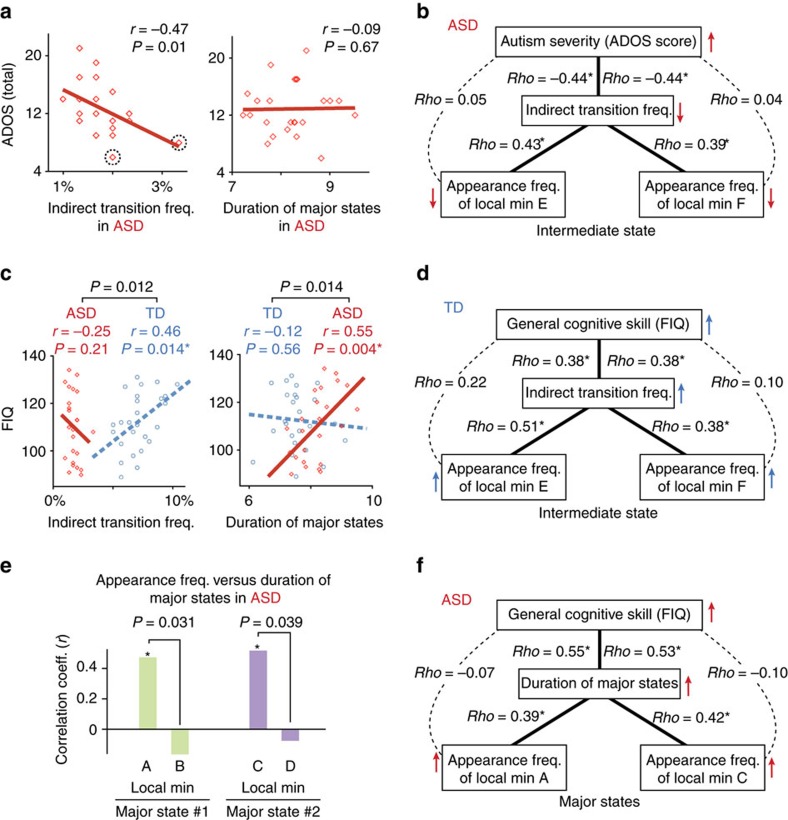Figure 4. Associations between brain dynamics and behaviour.
(a,b) In the ASD group, only the indirect transition frequency showed a significant correlation with severity of ASD symptoms (PBonferroni-corrected<0.05). (a) This correlation was preserved even after two outliers (squares circled by dashed lines) were removed (r=–0.46). In addition, by partial correlation analysis, we found hierarchal structures between the ADOS total scores, the indirect transition frequency and the appearance frequency of the two local minima constituting the intermediate state (b), which suggests that the atypically unstable intermediate state is related to the infrequent indirect transition, and could be associated with the ASD symptoms. *P<0.05. (c–f) In the TD group, only the indirect transition frequency was correlated with their general cognitive ability (FIQ; PBonferroni-corrected<0.05, c). Partial correlation analysis showed a hierarchy between FIQ, the indirect transition frequency and the appearance frequency of the local minima in the intermediate state (d), which suggests that the stability of the intermediate state is related to increases in the indirect transition and enhancement of their cognitive skills. In contrast, FIQ of the individuals with ASD was correlated with duration of the major states (c). In addition, the duration of the major state was associated with the appearance frequency of two of the four local minima in the major states (e). These findings and results of partial correlation analysis indicate that the overly stable major states are associated with atypically long duration of the major states in the brains of individuals with ASD, which supports their cognitive ability (f). *P<0.05.

